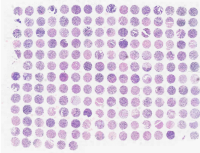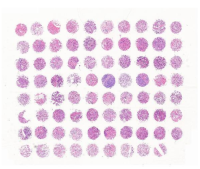Cerebral Angiogenesis During Development: Who Is Conducting the Orchestra
互联网
773
Blood vessels provide the brain with the oxygen and the nutrients it requires to develop and function. Endothelial cells (ECs) are the principal cell type forming the vascular system and driving its development and remodeling. All vessels are lined by a single EC layer. Larger blood vessels are additionally enveloped by vascular smooth muscle cells (VSMCs) and pericytes, which increase their stability and regulate their perfusion and form the blood–brain barrier (BBB). The development of the vascular system occurs by two processes: (1) vasculogenesis, the de novo assembly of the first blood vessels, and (2) angiogenesis, the creation of new blood vessels from preexisting ones by sprouting from or by division of the original vessel. The walls of maturing vessels produce a basal lamina and recruit pericytes and vascular smooth muscle cells for structural support. Whereas the process of vasculogenesis seems to be genetically programmed, angiogenesis is induced mainly by hypoxia in development and disease. Both processes and the subsequent vessel maturation are further orchestrated by a complex interplay of inhibiting and stimulating growth factors and their respective receptors, many of which are hypoxia-inducible. This chapter intends to give an overview about the array of factors directing the development and maintenance of the brain vasculature and their interdependent actions.









